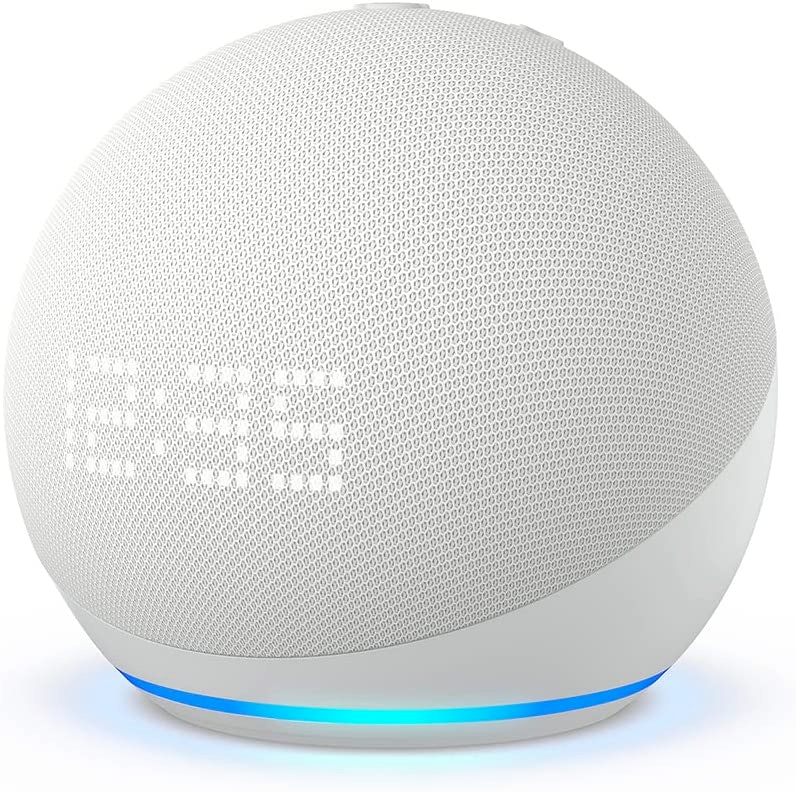
Buying an Echo Dot or Echo Dot with Clock are two of the easiest ways to start your smart home.
The combination of Amazon’s affordable prices (a new Echo Dot costs $49 or $59 if you want the Echo Dot with Clock) and the general reliability of the Alexa voice assistant makes it easy to dip your toes and quickly add new devices without much fuss.
The Echo Dot with Clock is Amazon’s smallest smart speaker, but this year’s update makes it a lot more capable. The fifth-generation Echo Dot with Clock not only has a new display that can show more than just the time; it’s packed with sensors, including an ambient temperature sensor you can use for climate-based smart home routines; and Alexa is faster thanks to a new chip.
The smart speaker has the same spherical shape as before, now in new “Cloud Blue” or “Glacier White” colors (the regular Echo Dot comes in more shades). The inside is completely redesigned to accommodate an upgraded audio architecture and the most intriguing new feature: the ability to double as an Eero Wi-Fi extender.
It’s a big year for the little speaker, and my experience with the review unit Amazon sent me was very positive, but here’s how each new feature stacks up against each other so you can see if an upgrade makes sense for you.
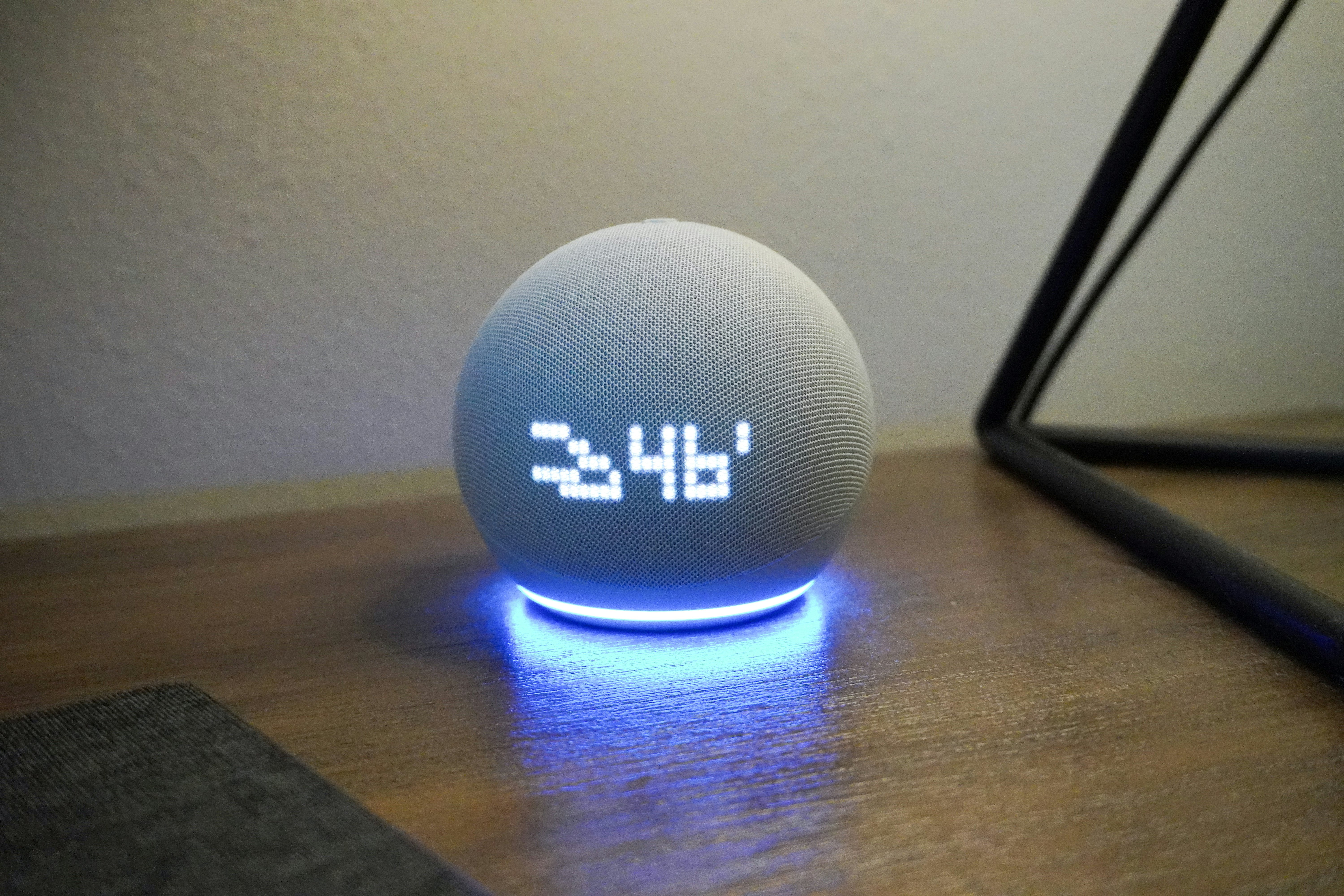
High-density dot display
The most visible change to the new Echo Dot is the clock portion's “high-density dot display” which is not only higher resolution and brighter, but also able to display more information than just the time. So far that includes visuals for weather conditions, responses to math problems, song titles, and the correct spelling of words, but my hope is Amazon adds even more.
Much like the screen on an Echo Show, these new visuals make the Echo Dot with Clock more of a “glanceable” device even with the comparatively small dot display. There’s a real opportunity to make these visuals useful even when they’re not paired with a verbal response from Alexa. Maybe if your kid is asleep and you don’t want to wake them up, whispering a request to Alexa wouldn’t prompt a quieter response, but instead default to a visual one on the display.
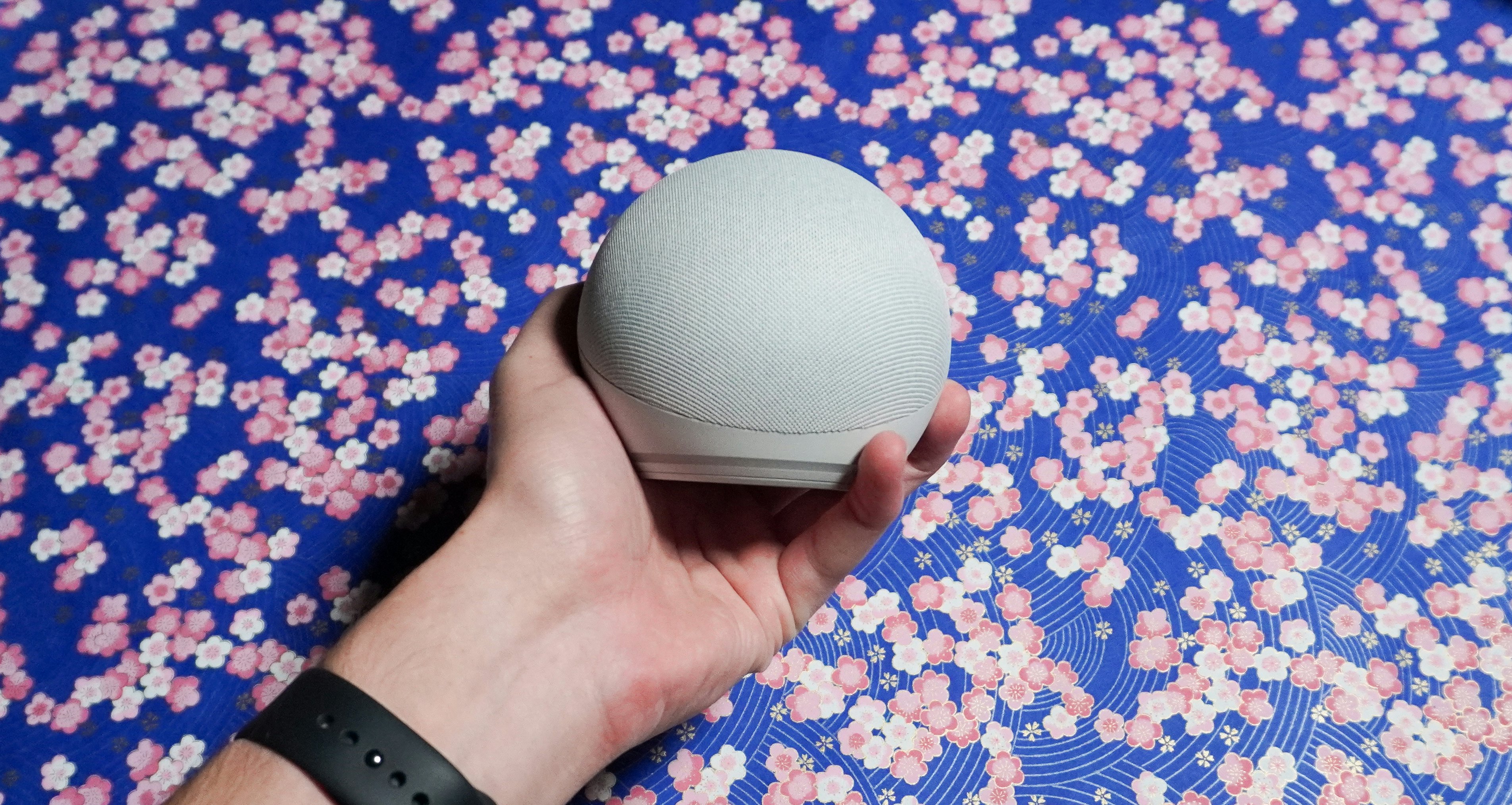
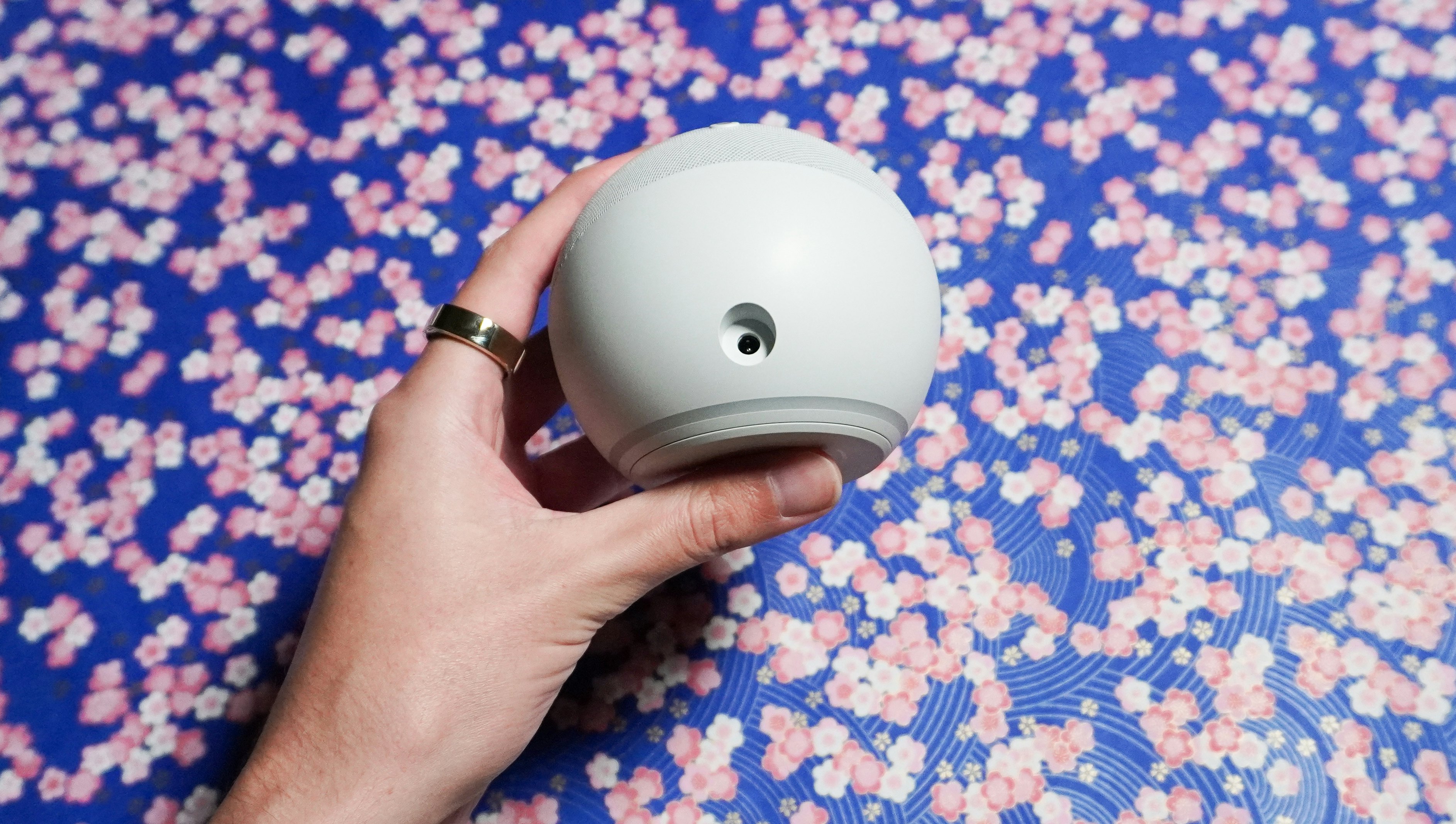
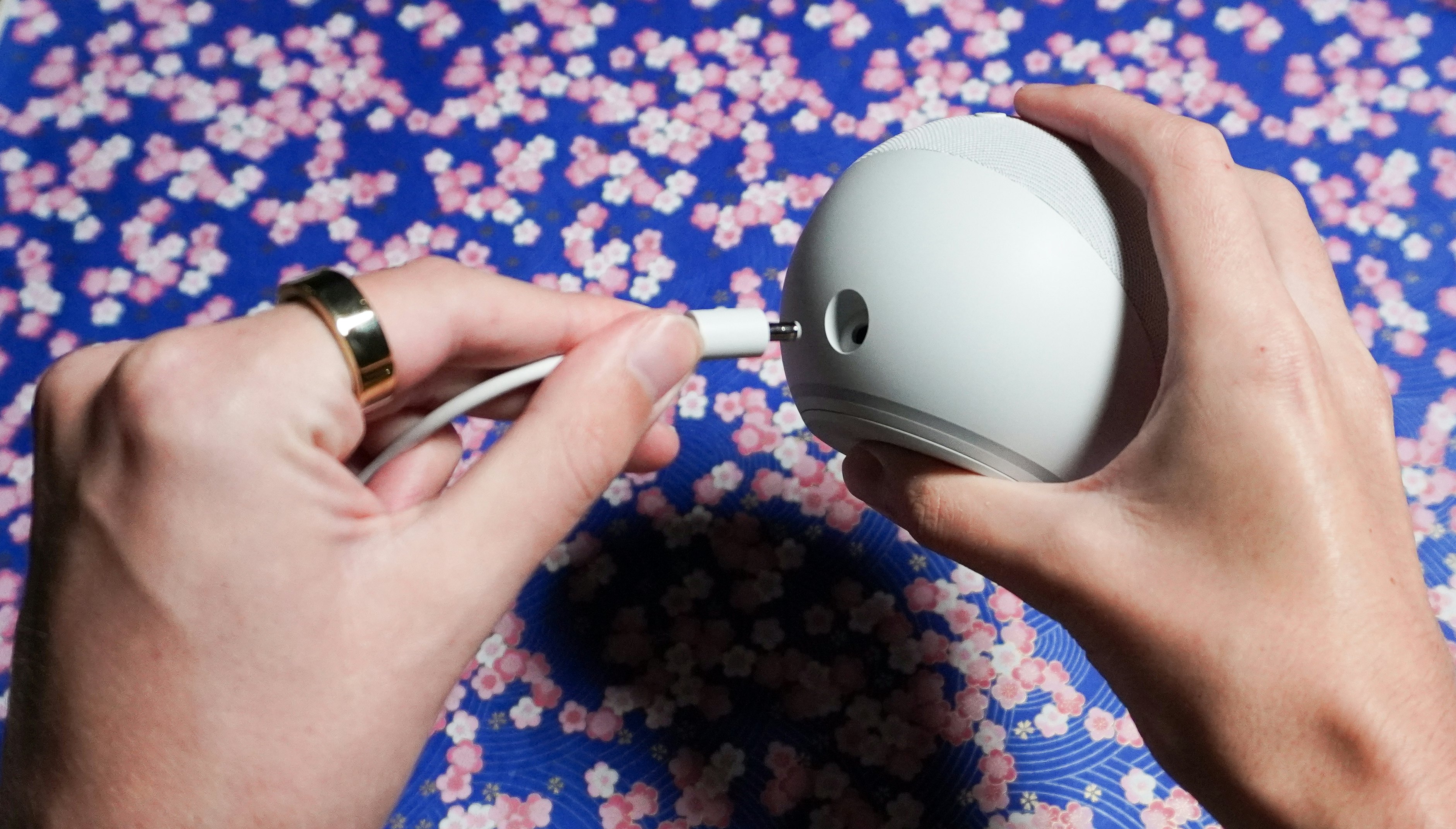
“Eero Built-in” extends Wi-Fi coverage
Amazon purchased Eero in 2019 (for a fair bit less than originally assumed) and has spent the last few years integrating the company’s mesh routers and Wi-Fi expertise across its smart home products. The fifth-gen Echo Dot with Clock ships with “Eero Built-in,” which lets you easily use it as an extra mesh router to expand your home Wi-Fi coverage.
The first thing to know about Eero Built-in (other than you need to already be using Eero routers) is that you might not actually need it at all. I wasn’t able to turn on the feature at first when I originally placed the Echo Dot with Clock by my bed because my current network coverage was too good.
Once you do find a place where using your Echo Dot with Clock as an extender will actually be useful, enabling the feature is as simple as connecting your Amazon account to the Eero app and flicking a toggle in settings. Which leads me to the second thing you should know: your internet speeds will not be as fast if you’re connected to the Echo Dot with Clock’s portion of the network.
The initial speeds I got on my Eero network (with AT&T U-Verse as the internet provider) were 53 Mbps down and 31 Mbps up. With Eero Built-in enabled on the Echo Dot with Clock in the same room, speed test results were noticeably slower, at 31 Mbps down / 17 Mbps up at the slowest. Now there are many variables that can impact Wi-Fi coverage, but these results aren’t too surprising. In interviews around the initial announcement of the new Echo Dot, the official word from Amazon and Eero was that speeds would not be the same as what you’d get from a standalone mesh router. The new Echo Dot with Clock performed as advertised.
So Eero Built-in isn’t going to be the replacement for adding another Eero to your network, but for expanding coverage, and most importantly, keeping other less-demanding smart home devices connected? It should work great. And I can happily report it’s super easy to set up.
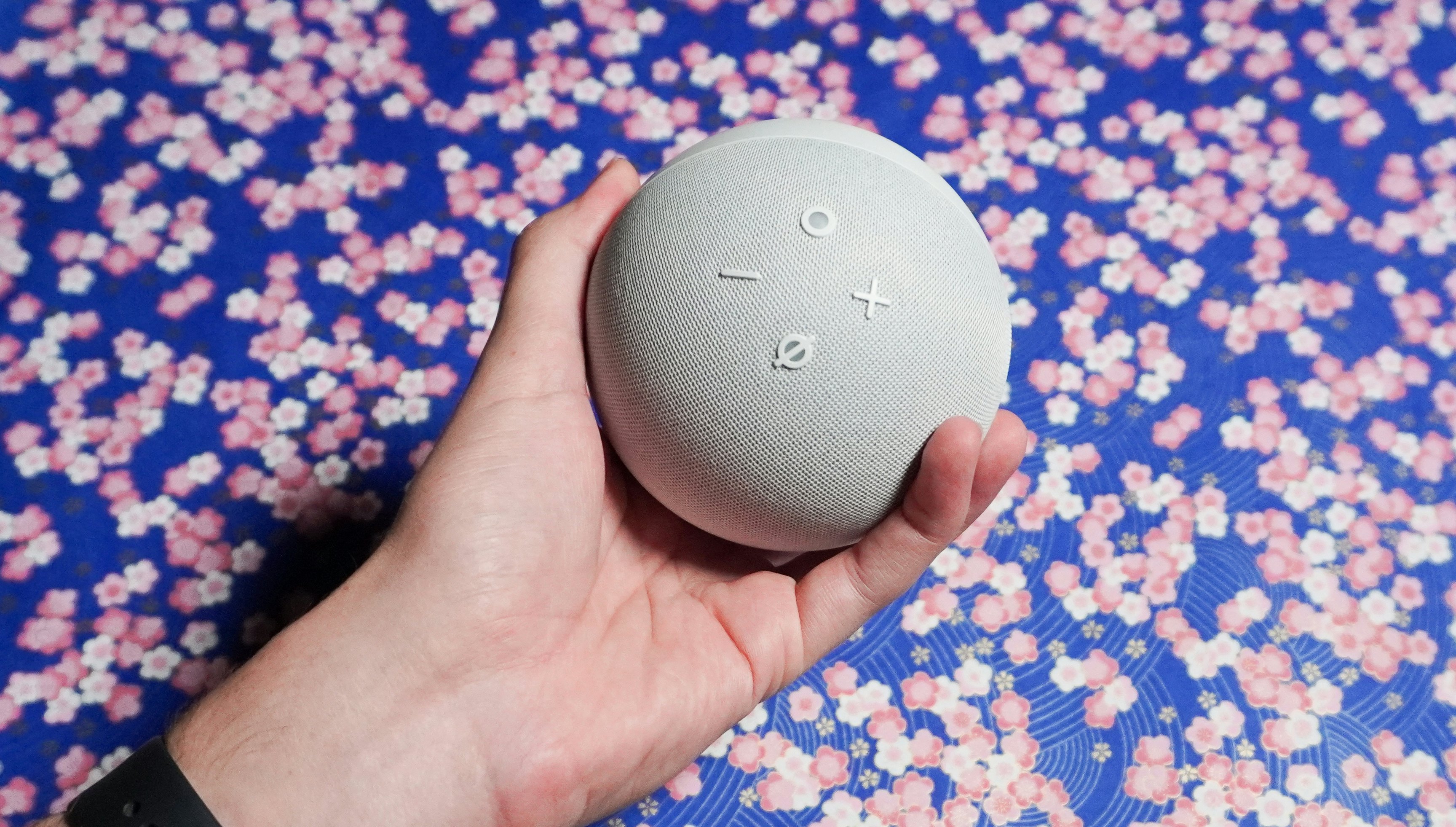
More powerful sound
I don’t think anyone who cares about audio is going to buy the Echo Dot with Clock and expect it to be a replacement for an audiophile-grade speaker, but Amazon has done what it promised it would. The new Echo Dot with Clock sounds better. Internally, there’s a new “custom full-range driver” and “the highest excursion speaker of any Echo Dot” — what that mainly translates to is louder, clearer, and more bassy sound.
A better comparison might be to look at the Echo Dot with Clock alongside smart speakers of similar prices and sizes. As of this fifth generation, the Echo Dot with Clock definitely sounds better than the Nest Mini, which I still love for its size and color options. To my ears, the Echo Dot with Clock also sounds about as good as the HomePod Mini too, though there was some disagreement in my household over this point. My family members preferred the bass on the HomePod Mini; I didn't care as much.
Take price into account, though — the HomePod Mini costs $99 and the Echo Dot with Clock costs $59 — and I think I can call the Echo Dot with Clock the winner among small speakers.

New and improved sensors
As Alexa’s capabilities have grown on Echo devices over the years, so have the sensors they ship with. There are tons of ways to trigger an Alexa smart home routine, but the newest this year is temperature, thanks to the Echo Dot with Clock’s ambient temperature sensor. These routines could be as simple as turning on a fan when your room gets above 70 degrees Fahrenheit (as we know, the ideal indoor temperature) or more complicated routines that involve other smart devices like your thermostat.
Given that my personal collection of smart devices is limited to a few smart speakers, lightbulbs, and plugs, I mostly used the new ambient sensor to obsessively check the temperature of the room I was in. I did notice that after I moved the Echo Dot with Clock to another room to test various Eero features it took an exceedingly long time to recalibrate the sensor. So a word to the wise: it might be best not to enable temperature sensing until you’re sure your Echo Dot with Clock is in its final location.
The other sensor Amazon added was an accelerometer to detect taps on the top of the Echo Dot with Clock. With a hearty tap you can snooze alarms, stop timers, or hang up calls. And I really do mean a hearty tap. I was surprised by the amount of force the Echo Dot with Clock needed to detect a tap in comparison to Google’s Nest Mini. There’s really no more to this feature than that, but since my first instinct when an alarm is going off is to look for a physical snooze button, I appreciated the addition.
Faster Alexa with AZ2 Neural Edge chip
Alexa largely works because using voice control is ever so slightly faster than doing it yourself. The idea behind the new AZ2 Neural Edge Processor is that simple tasks can be even faster if your Echo Dot just does the edge computing on-device.
The change is subtle, but I noticed Alexa was faster for general smart speaker tasks like setting timers and asking for the weather, which the new Echo Dot with Clock can now turn around in about two seconds. In general, the longer the request, the longer it takes for Alexa to respond. But the AZ2 chip seems to be as much about improving Alexa in the present as it is future-proofing Echo devices for whatever functionality Amazon rolls out next. With this new processor, the Echo Dot with Clock has more headroom. Plus, faster responses from Alexa means fewer profanities hurled at the assistant.
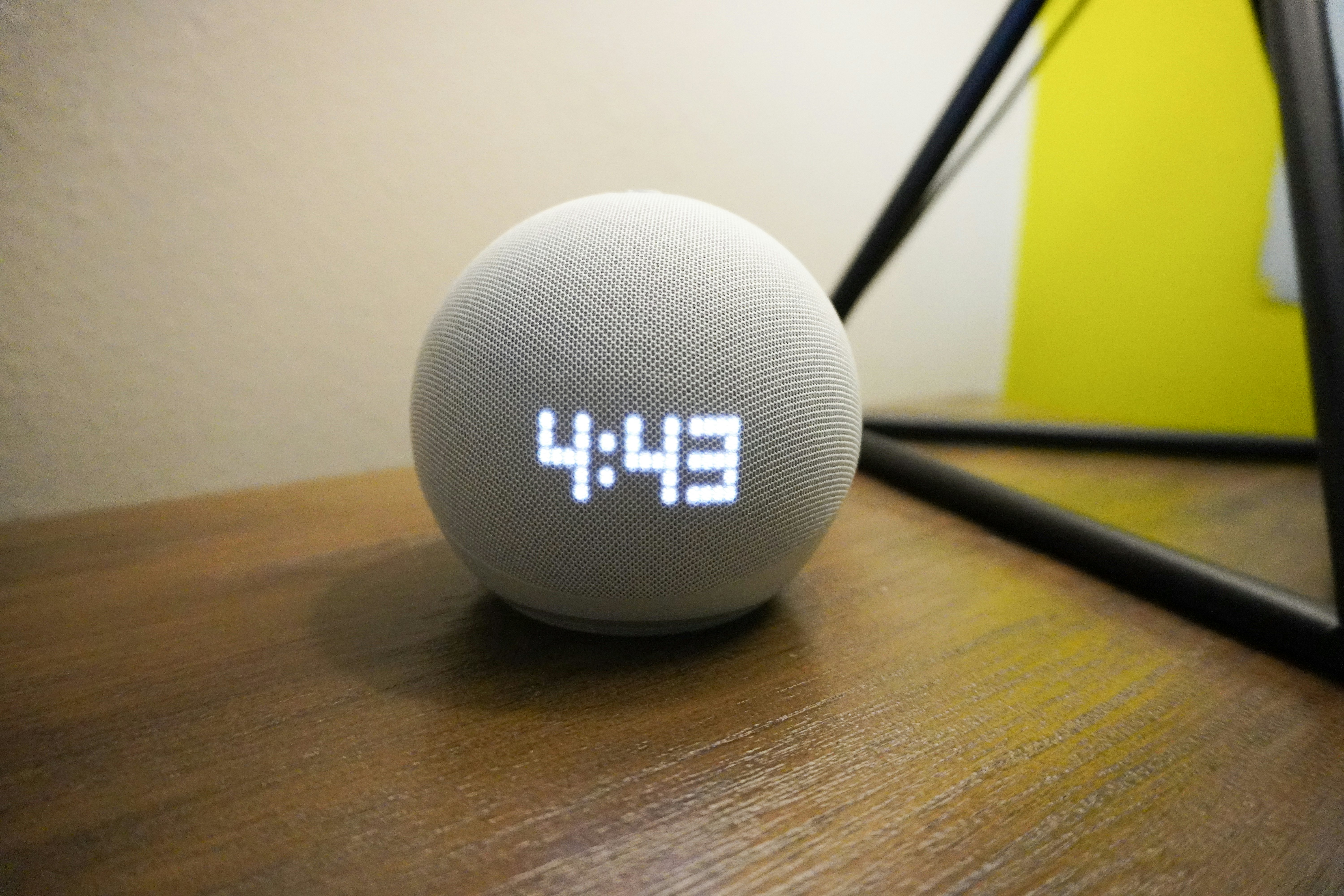
Should you buy it?
Even with the slightly higher $59 price, it’s hard to not recommend the Echo Dot with Clock if you’re in the market for a smart speaker. Amazon added several new features with this fifth-generation model, and almost all of them are useful now or will be in the future.
With so many major feature additions, the new Echo Dot with Clock puts the vanilla Echo in a strange position. At $99 (it’s often on sale for less), the fourth-generation Echo is more expensive, larger, and doesn't have a dot display; it potentially sounds better and louder, and it can act as a smart home hub (something the Echo Dot with Clock isn't capable of on its own). But for every other use, you might be better off with the Echo Dot with Clock. If you just bought a fourth-generation Echo Dot there’s also good reason to hold off since Eero Built-in will be enabled via a software update, but for everyone else, I’d say the water’s fine.
